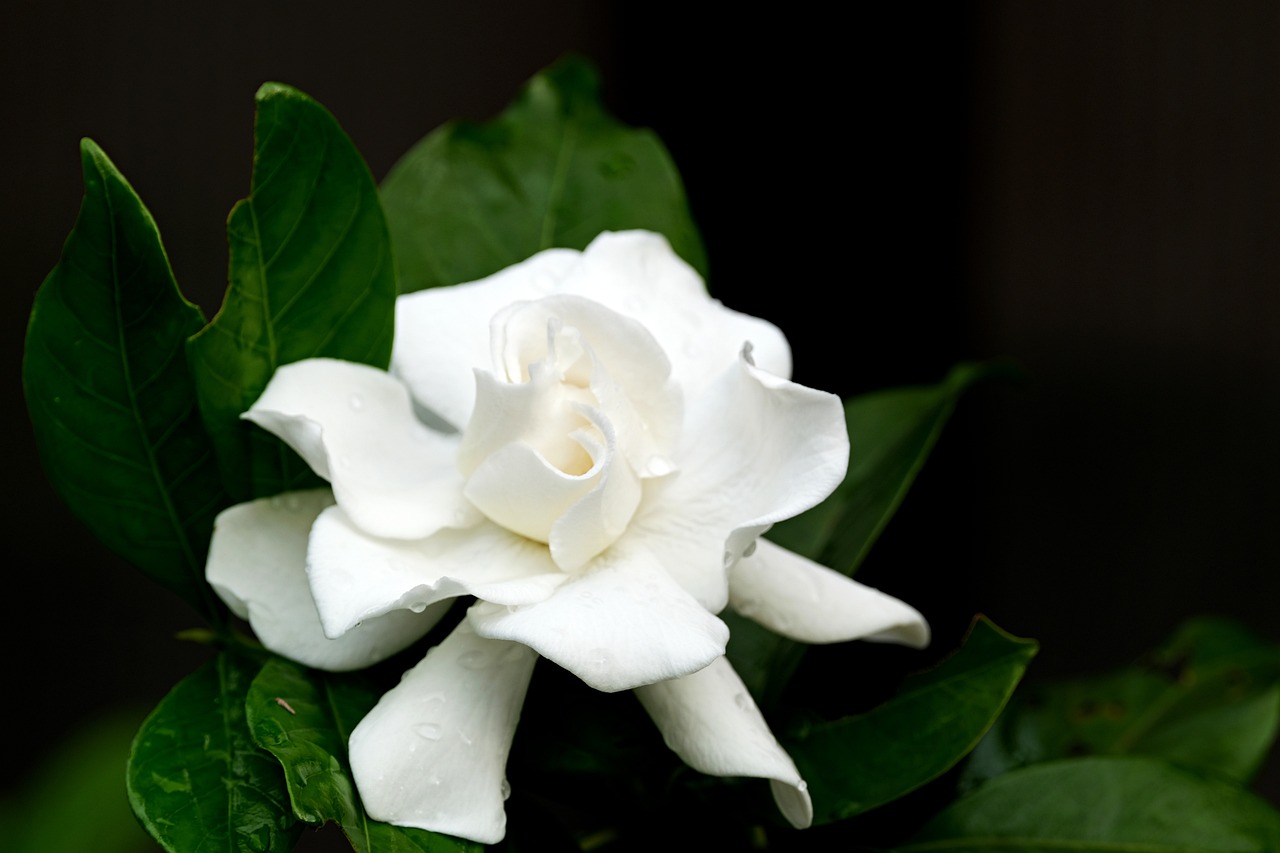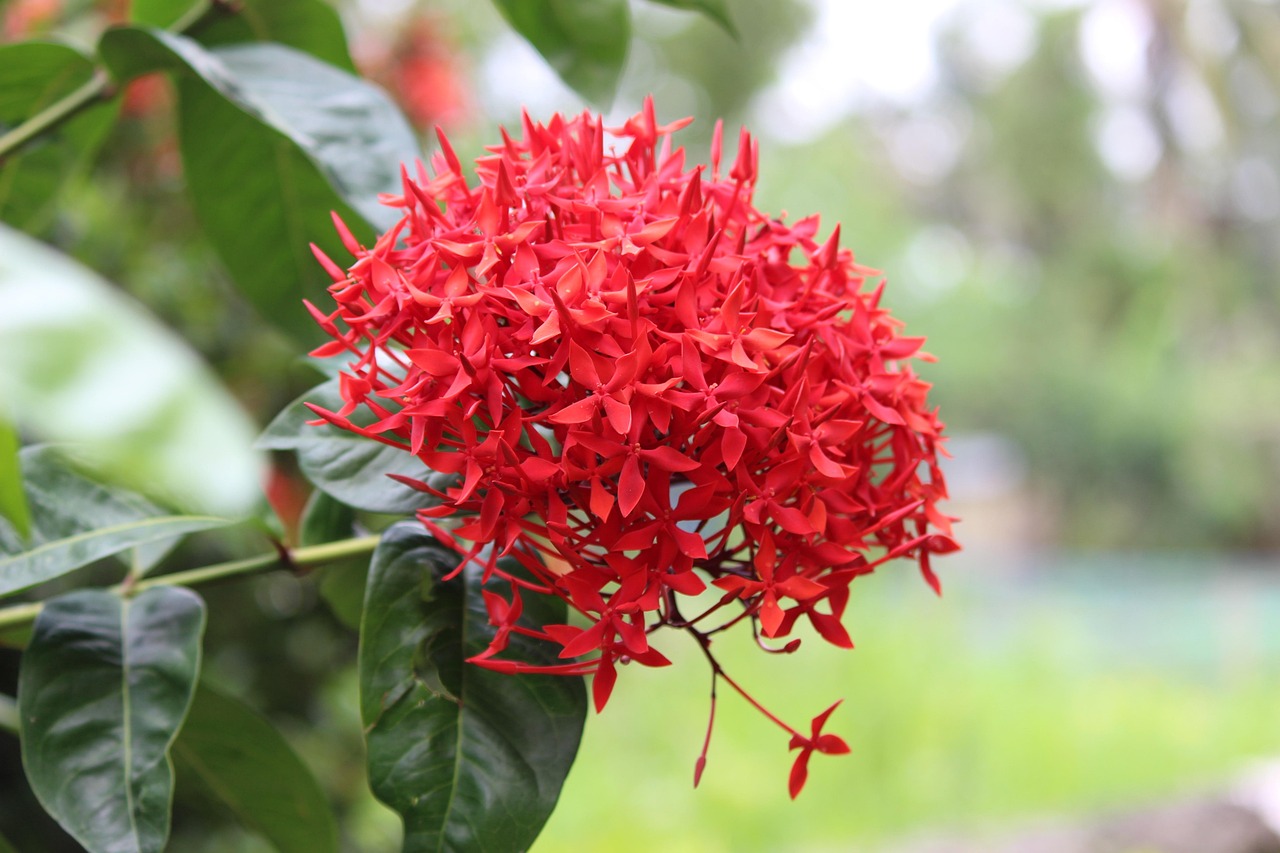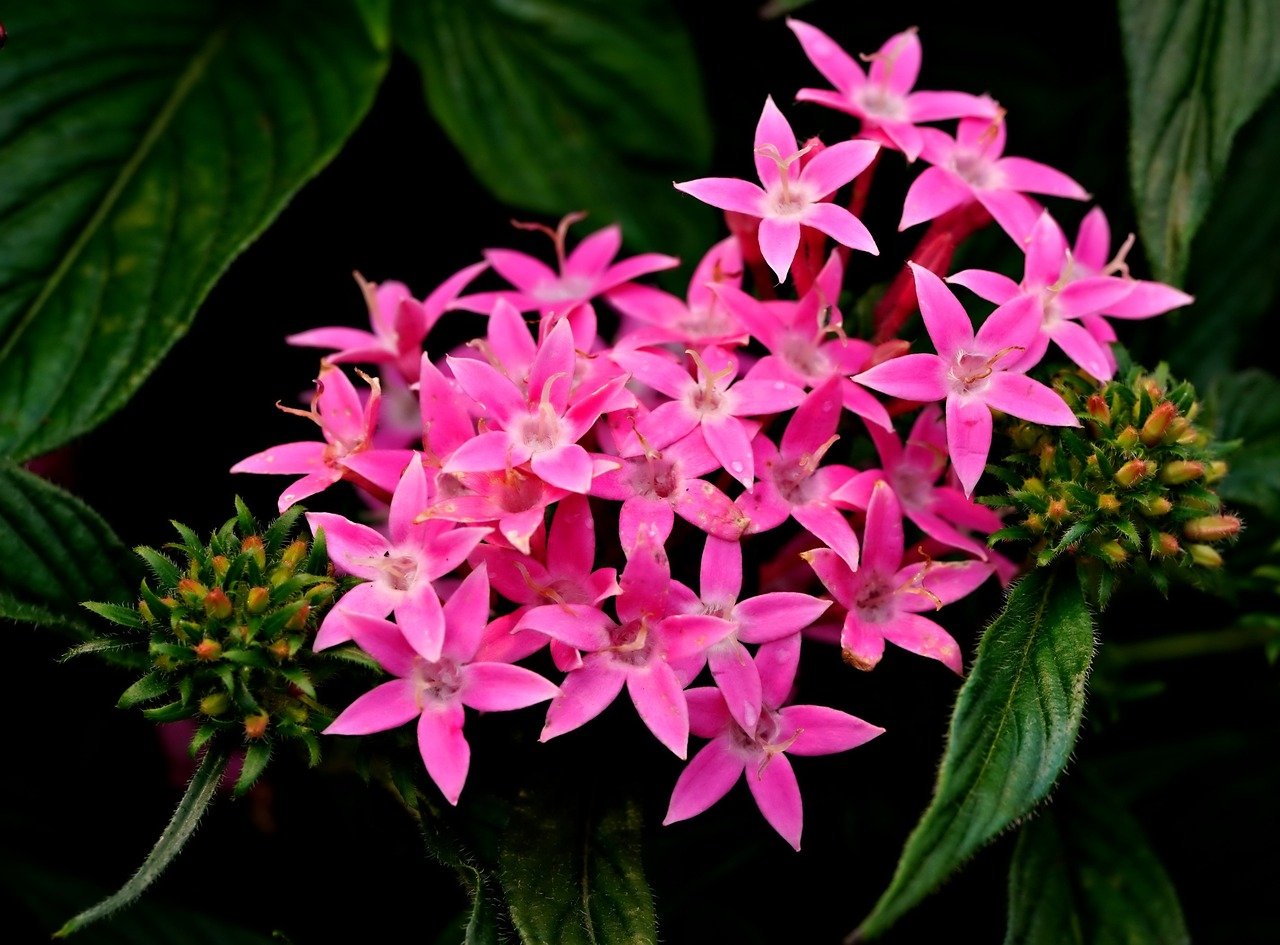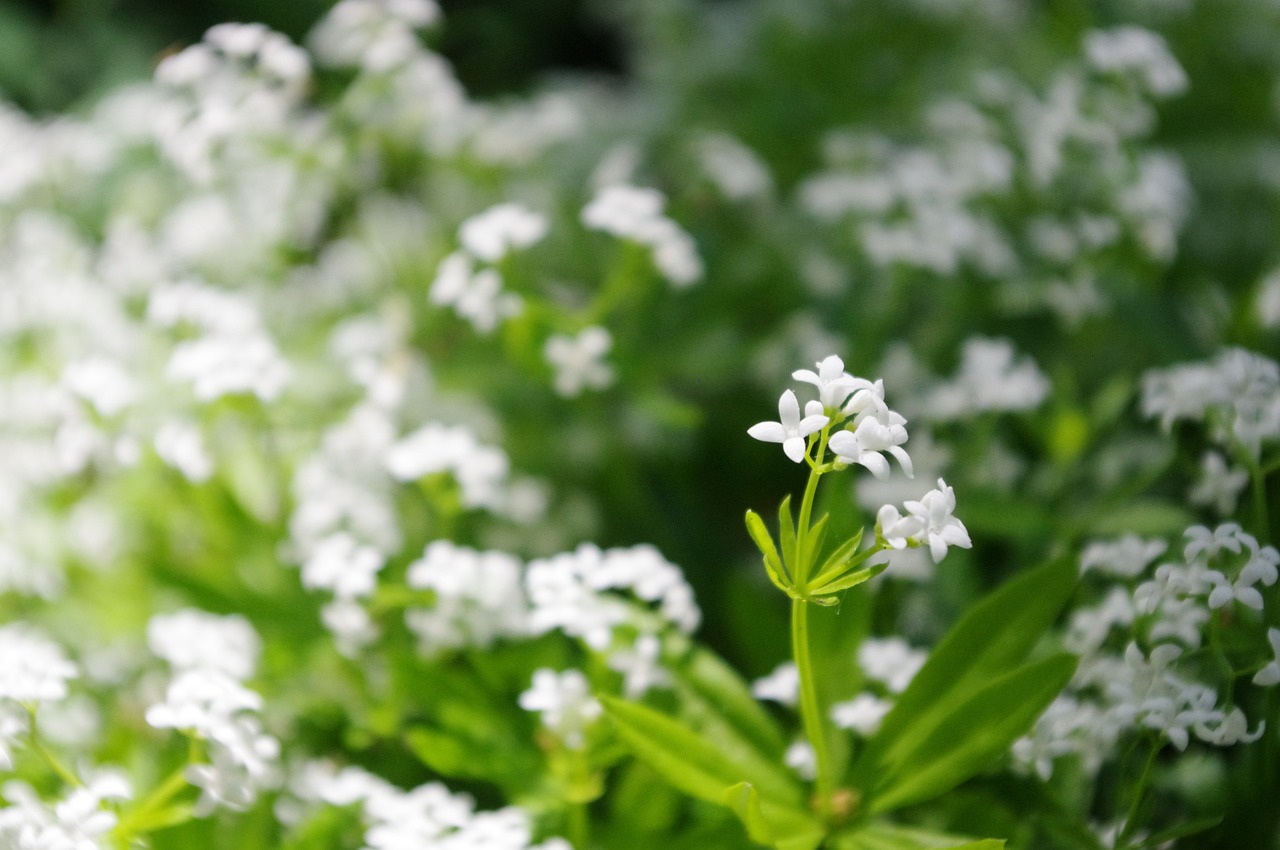Ixora | A Tropical Flower Radiating Under the Sun

Ixora is a tropical plant admired for its vivid colors and its round, clustered flower heads. The blossoms are most often red or orange, and they brighten up flower beds and gardens with their striking appearance.
As an evergreen shrub, it is relatively easy to cultivate and is perfect for creating a tropical atmosphere.
In this article, I will introduce the essential information about Ixora, its cultural background, and practical tips for successful cultivation.
Basic Information
- Scientific Name: Ixora coccinea
- Family: Rubiaceae
- Origin: Tropical Asia
- Appearance: Ixora forms spherical flower clusters about 5–10 cm in diameter, composed of numerous small star-shaped flowers. The blossoms come in various colors such as red, orange, pink, and yellow, which contrast beautifully with the glossy dark green leaves. The plant can grow up to 1–2 meters in height, though it also adapts well to pot cultivation.
- Blooming Season: Ixora blooms throughout the year, especially during warmer seasons.
Cultural Significance Worldwide

Ixora is widely cultivated in Asia as an ornamental plant, particularly in gardens across South and Southeast Asia.
In India, Ixora holds deep spiritual meaning and is often used in religious ceremonies and temple decorations. Its vivid flowers are commonly offered to deities and used in rituals and prayers.
In Southeast Asia, Ixora is frequently planted in home gardens as a symbol of happiness and prosperity. Its bright flowers also serve as decorations during festive occasions.
In Western countries, Ixora is appreciated as an exotic ornamental plant, often grown in indoor gardens or greenhouses.
Historical Background
The spread of Ixora cultivation is closely tied to trade and colonial history in Southeast Asia.
During the 18th and 19th centuries, as European colonial expansion advanced, interest in tropical plants grew. Ixora was introduced to Europe from colonies such as Indonesia and Malaysia under British and Dutch rule, and it became a prized greenhouse plant among the aristocracy.
In Asia, records show that Ixora had already been planted in Chinese gardens during the Ming dynasty (late 14th to early 17th centuries). In imperial gardens and scholars’ residences, its vivid blossoms were valued for their beauty and were believed in Feng Shui to bring positive energy.
Over time, selective breeding produced many varieties, and today Ixora is appreciated in gardens, religious sites, and cultural spaces worldwide.
Gardening Advice

Ixora thrives in sunny locations, producing abundant blossoms under warm conditions. Ideally, it should be cultivated where temperatures remain above 10°C.
Since it is sensitive to cold, I recommend moving it indoors during winter or growing it in pots in cooler regions.
It prefers well-drained, acidic soil. Mixing peat moss or leaf mold helps maintain suitable acidity.
Water generously when the soil surface dries, keeping humidity stable. However, avoid overwatering, which may cause root rot.
Pruning in spring or early summer encourages healthy growth and a well-shaped plant. Applying liquid fertilizer once a month promotes abundant flowering.
Conclusion
Ixora is a captivating tropical flower, valued for its bright blossoms and exotic charm. With proper sunlight and humidity management, it can bloom beautifully throughout the year, both in gardens and in pots.
I encourage you to introduce Ixora into your garden or balcony to bring a touch of tropical brilliance to the warm seasons.




